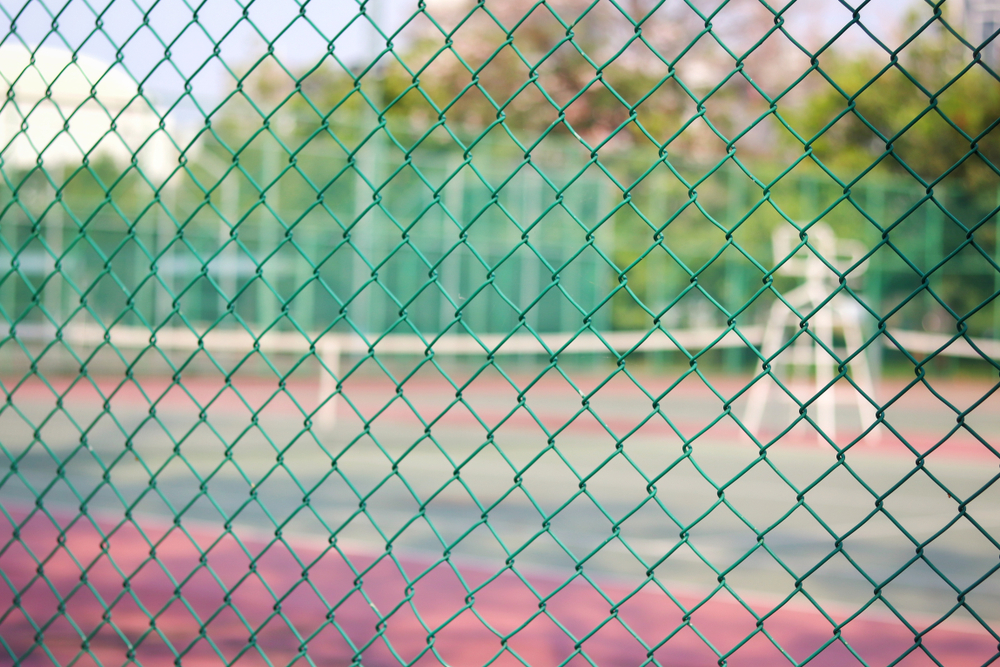Fences on both residential and commercial properties are often used to house and protect certain specific areas, and a good example here is the realm of various sports and other outdoor courts. For instance, if you’ve recently installed a tennis court on your property, protecting it with some basic fencing will be a common next step.
At Utah Fence Warehouse, we’re happy to offer a wide range of fencing options, including chain link fences that are often considered ideal for tennis and other sport courts. What are some of the important factors to consider when building a fence for a tennis court on your property? Here are a few.

Why Chain Link?
As we just noted, chain link fencing is by far the most popular choice for indoor and outdoor courts, including tennis courts. It’s easy to understand why this is true when you consider that chain link fencing is incredibly versatile, equally suited for indoor and outdoor applications, and relatively affordable compared to most other fence types.
Chain link fencing will stand up against any and all elements, working in a wide range of climates and tolerating a variety of weather conditions without breaking down. Of course, this doesn’t mean that chain link fencing is the right choice for every court out there — but when it comes to outdoor tennis, you’ll find that it’s nearly always considered the best option.
Fence Height
Generally speaking, the height of chain link fencing for tennis courts will be on the taller side. It’s extremely important to use fencing that’s tall enough in order to provide the best protection possible, including for tennis balls that may fly above the fencing.
At the same time, it’s important to adhere to any local or neighborhood regulations in terms of fence height. If you live in an area with fencing codes, make sure to go with a fencing option that falls within these specific guidelines.
Construction and Style
Last but not least, the construction type of your chain link fence for tennis courts will change depending on what’s most appropriate based on its location and other factors. There are two main types of chain link fencing to consider: standard and slotted. Standard fencing will have diamond-shaped openings throughout, while slotted fencing will be composed of horizontal or vertical slots instead.
In most cases, you’ll choose a slotted fence for indoor applications, including tennis courts that are open on one side. If your court is enclosed on all sides, standard fencing will usually be your safest option.
Of course, you’ll also want to consider style when it comes to the fence around your court — do you want a modern design or something more classic? Do you prefer an enclosed look that offers privacy but may limit visibility, or would you rather keep things open? All of these are important questions to ask yourself.
For more on building an ideal fence for a new tennis court on your property, or to learn about any of our fencing solutions, speak to the pros at Utah Fence Warehouse today.
- Fence Post Spacing: Specific Materials - March 12, 2024
- Fences and Pets: Pet Needs, Wood and Chain Link - December 12, 2023
- Garden Fence Selection: Privacy, Security, Style - October 10, 2023

